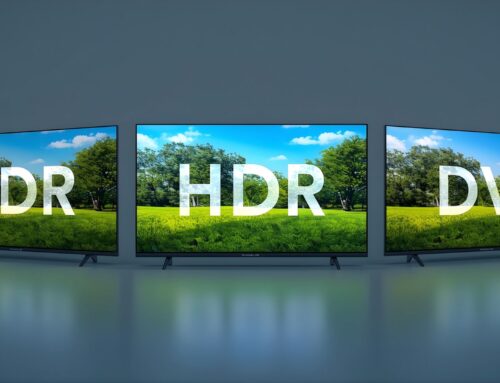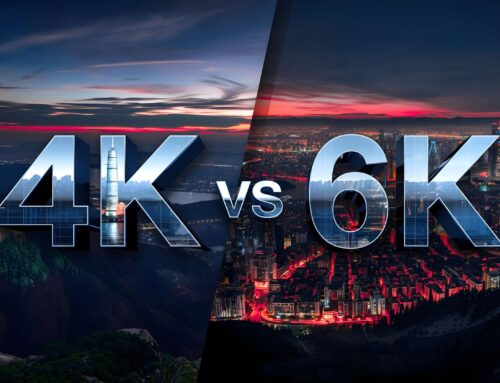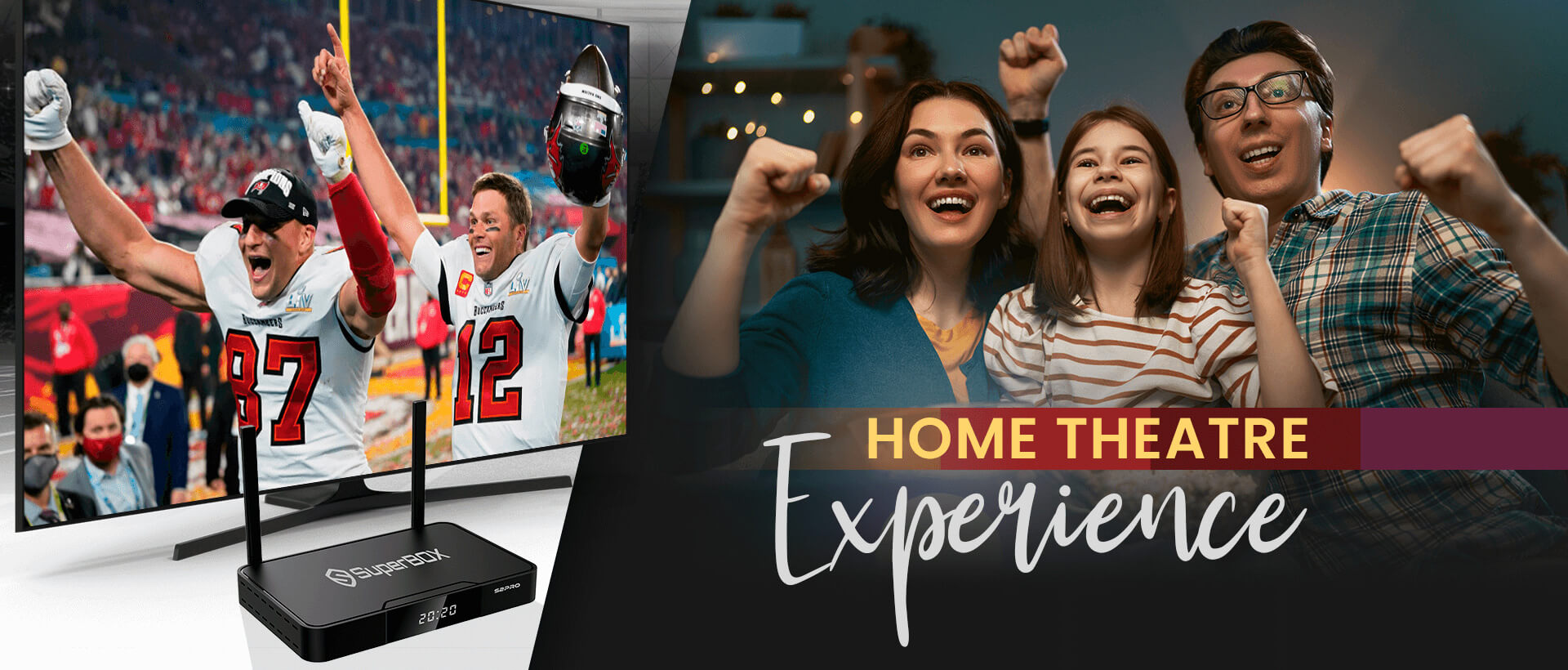The Rising Demand for Android TV Boxes is growing fast. In 2023, according to The Business Research Company, Android TV Box industry was valued at $8.28 billion and was supposed to reach $10.32 billion by 2024, with a CAGR of 24.6%. Projections show the market could hit $9.54 billion by 2031, with a CAGR of 30.49%. Hence, this exponential growth signals booming interest in these devices.
Additionally, several factors drive the demand for Android TV boxes. Firstly, the surge in streaming services is vital. Many people want easy access to digital content, and these devices provide that. Additionally, the cord-cutting trend is significant. More people are dropping traditional cable TV for personalized viewing options. Android TV boxes offer a great alternative, making them popular. This shift supports the rise in demand.
Future Outlook for Android TV Boxes
Expected Technological Advancements
Android TV boxes now integrate advanced AI features like personalized content recommendations, voice control, and smart home connectivity. Privacy is given priority with better encryption and user-controlled data sharing. Additionally, these devices also join the IoT ecosystem, enabling seamless control of smart home devices. As cloud gaming gains popularity, Android TV boxes are gearing up to support game streaming with high-performance hardware and low-latency connections.
Manufacturers are focusing on sustainability with eco-friendly designs and energy-saving features. Therefore, expect Android TV boxes to evolve towards more intelligent, extended-ensured, sustainable entertainment solutions.
Market Predictions for the Next 5 Years
Over the next five years, the Android TV box market is experiencing significant growth, primarily due to increasing demand for streaming services. Platforms like Netflix, Disney+, and Amazon Prime Video drive this trend. Android TV boxes offer a cost-effective alternative to smart TVs, making streaming accessible to more people. Improved connectivity and affordability will continue to expand their reach.
However, the market faces challenges such as intense competition. New players entering the market will lead to more price competition and diverse product offerings. Larger companies might acquire smaller ones to increase their market share and leverage resources.
Technological advancements will also shape the future of Android TV boxes. The selection of faster Wi-Fi standards, like Wi-Fi 6E, and advancements in 5G connectivity will enhance streaming quality and user experience. We can expect more intuitive and user-friendly interfaces, with AI and voice control making navigation easier. The rise of cloud gaming platforms, such as Google Stadia and Amazon Luna, will transform Android TV boxes into powerful gaming devices. Integration with smart home ecosystems and concentration on privacy and security will further drive their appeal.
Analysis of demographics:
Age Distribution
The age distribution in the survey highlights that Android TV Box is most popular among young people. The 25-34 age group leads with 30.1% of respondents, followed closely by the 18-24 age group with 28.1%. That shows that young people are more likely to use Android TV boxes. They are often tech-savvy and eager to apply new technologies. Additionally, they may also not subscribe to cable or satellite TV and look for other ways to watch their favorite shows.
However, it is important to note the potential market in older adults. The 35-44 age group accounted for 17.1% of respondents and even the 45-64 group accounted for 10.7%. Although these numbers are smaller, they still represent a significant market. Manufacturers should consider adapting their products to appeal to these older age groups. Because they can also form partnerships with cable and satellite providers. That will make it easier for older people to switch to Android TV boxes, expanding the market further.
Gender Distribution
The pie chart reveals the gender breakdown of respondents in a survey on the needs of Android TV box users in the United States. Interestingly, females constitute the largest group at 54.1%, followed by males at 35.1%. Non-binary/third-gender respondents make up 10.7%, while only a negligible 0.1% preferred not to disclose their gender. These findings indicate that Android TV boxes appeal broadly across gender lines, particularly resonating with women. Therefore, this trend suggests that women might play a significant role in household entertainment decisions, potentially influencing the popularity of streaming-oriented devices like Android TV boxes.
To capitalize on these insights, Android TV box manufacturers should tailor their product development and marketing strategies to cater to both male and female demographics. Emphasizing features that appeal to household decision-makers, women are likely to boost product adoption. Collaborations with popular streaming services would further streamline content access, making Android TV boxes more appealing to a broader audience. By focusing on gender-specific preferences and partnerships, manufacturers can position themselves strategically in the competitive home entertainment market.
Income Distribution
The income distribution among Android TV box users in the United States reveals a diverse demographic landscape. The majority, comprising 23.1% of respondents, falls within the $25,000-$49,999 income bracket. That suggests that Android TV boxes appeal broadly across income levels but are notably popular among households with moderate earnings. This group likely finds the initial cost of an Android TV box manageable and sees it as a cost-effective alternative to traditional TV services. Additionally, these users may favor the device due to its compatibility with streaming services, which offer affordable entertainment options compared to conventional cable or satellite subscriptions.
To cater effectively to this varied income demographic, manufacturers of Android TV boxes should prioritize affordability across their product lines. Offering flexible financing options could significantly enhance accessibility, particularly for lower-income households. Collaborating with streaming services to optimize user experience on Android TV boxes would also align with consumer preferences for convenient and cost-efficient entertainment solutions. By addressing these aspects, manufacturers can better meet the needs of diverse income groups and maintain the device’s appeal in the competitive home entertainment market.
Analysis of purchasing behavior:
Purchasing of Android TV Boxes
The pie chart highlights that 58.2% of respondents in the United States have purchased an Android TV box, indicating its popularity among consumers. This device is favored for its affordability and versatility, serving as a cost-effective solution to enable TV streaming. Besides Android TV boxes offer diverse functionalities, including access to popular streaming apps, gaming options, and voice command features. Their appeal lies in their ability to cater to a wide range of entertainment needs while remaining budget-friendly.
To capitalize on this popularity, manufacturers of Android TV boxes should prioritize developing affordable and versatile products. They must target consumers seeking alternatives to traditional cable or satellite TV services. Collaborating with streaming platforms could enhance user experience by facilitating seamless access to content. By focusing on these strategies, manufacturers can effectively meet consumer demands and sustain the appeal of Android TV boxes in the competitive market landscape. These efforts are essential for driving continued adoption and satisfaction among users looking to enhance their TV viewing experience affordably and conveniently.
Frequency of Purchasing New Technology Gadgets
The pie chart depicts how often Americans buy new technology gadgets. Most people, around 23.1%, choose to upgrade their gadgets annually. Following this, 10.7% do so more frequently than once a year. However, those opting for a 2-3 year cycle make up only 27.1%, and the remaining 39.1% upgrade less often.
The survey reflects a broad sample of the US population’s gadget-buying habits. It shows that many Americans buy new technology gadgets at least once a year, driven by the constant evolution of technology and the desire to stay current with trends. Technology companies should focus on innovation and effectively market to tech-savvy consumers seeking the latest advancements. Offering financing options could also attract more buyers by making products more accessible. This approach ensures that companies cater to consumer needs and capitalize on the ongoing demand for new technology gadgets in the marketplace.
Analysis of usage habits:
Frequency of Android TV Box Usage
The most common usage frequency is a few times a week, favored by 28.1% of respondents. Following closely behind, 23.1% use it daily. Weekly, rare, and never usage are less common, with 10.7%, 24.1%, and 14% of respondents, respectively. These findings indicate that a significant portion of the population utilizes their Android TV boxes regularly, likely due to their versatility in streaming, gaming, and smart home control. This trend suggests a robust market for manufacturers to focus on user-friendly designs and diverse features that cater to streaming and smart home integration.
Manufacturers of Android TV boxes should concentrate on enhancing user experience and expanding product capabilities. They can attract consumers seeking alternatives to traditional TV services by promoting cord-cutting advantages. Collaborations with streaming platforms can further streamline content access, making it easier for users to enjoy shows and movies. By addressing these preferences and optimizing product offerings, manufacturers can capitalize on the growing demand for versatile home entertainment solutions in the United States.
The most popular Primary Use of Android TV Boxes
The most common way people use Android TV boxes in the United States is for streaming movies and TV shows, which accounts for 43.2% of users. This popularity stems from the range of streaming apps Netflix and Hulu. Playing games is also quite popular, particularly among younger users, making up 14% of the primary uses. Android TV boxes support numerous games that can be played with controllers, attracting gaming enthusiasts. Browsing the internet, using apps, and other activities are less preferred, with 8%, 10.7%, and 24.1% in sequence. Despite lower numbers, many still use these features for tasks like social media or productivity apps.
To meet consumer preferences, manufacturers of Android TV boxes should prioritize enhancing streaming capabilities. Collaborating with game developers to expand gaming options could also attract more users. Furthermore, fostering relationships with app developers to diversify app offerings would enrich the Android TV box experience. By focusing on these areas, manufacturers can cater better to the diverse needs of users and capitalize on the growing demand for streaming and gaming on Android TV platforms.
Analysis of interest in the product/brand:
Overall Satisfaction with Android TV Boxes
Most people in the United States are happy with their Android TV boxes, with 62.2% expressing satisfaction. This high satisfaction rate indicates that users find these devices versatile and efficient for various tasks like streaming, gaming, and controlling smart home setups. The survey, likely reflecting a broad cross-section of the population, highlights a strong market acceptance of Android TV boxes due to their multifunctionality and ease of use. This positive sentiment is crucial for manufacturers to understand as they continue to innovate and improve their products. By focusing on user-friendly designs and expanding feature sets, manufacturers can cater to consumers seeking alternatives to traditional TV services like cable and satellite.
Recommendations for Android TV box manufacturers include enhancing product usability and diversifying features to maintain and potentially increase user satisfaction. Marketing efforts should target consumers interested in cord-cutting options and emphasize the convenience of streaming services available through these devices. Collaboration with streaming platforms can further enhance the user experience, ensuring seamless access to content. By addressing these aspects, manufacturers can capitalize on the widespread satisfaction observed in the survey and strengthen their position in the competitive market for home entertainment solutions.
Analysis of consumer desires for the product/brand:
Preferred Android TV Box Brands
The survey data highlights Amazon and Xiaomi as the top Android TV box brands in the US, preferred by 23.1% and 17.1% of respondents, respectively. These brands lead due to their affordability and diverse product offerings. Google and NVIDIA follow with 10.7% each, known for higher-priced options. The “Other” category, encompassing brands like Roku and Mecool, holds the majority share at 38.4%. That suggests a robust market with diverse consumer preferences beyond the dominant brands.
For manufacturers, emphasizing affordability and versatility remains crucial. They should target consumers seeking alternatives to traditional TV services, leveraging partnerships with streaming platforms to enhance user experience. By matching, manufacturers can capitalize on the growing demand for Android TV boxes. The insights underscore the importance of competitive pricing and strategic alliances in shaping brand preference and market leadership within the Android TV box industry in the US.
Users look for different features when choosing an Android TV box
When choosing an Android TV box in the US, most users prioritize high-definition video and ample storage (32.2% each), followed closely by speed, performance, and user-friendly interfaces (23.1% each). These preferences highlight the importance of seamless performance and easy navigation for a satisfying user experience. While less trendy, a notable 14% seek a variety of apps, indicating a niche demand for versatile entertainment options.
Manufacturers should focus on enhancing video and audio quality, improving speed and responsiveness, and designing intuitive interfaces. Expanding app variety will also cater to diverse user interests, making Android TV boxes more appealing for entertainment, gaming, and productivity. Aligning product development with these insights can effectively meet market demands and enhance user satisfaction.
Importance of Customer Support When Choosing an Android TV Box
Customer support is highly valued by consumers in the United States when choosing an Android TV box. A significant majority, 60%, deem it “very important,” followed by 15.1% who find it “important.” That indicates a strong preference for reliable assistance should issues arise with their devices. People want assurance that help is available if their Android TV box malfunctions.
Successful customer support addresses not only problems but also instills trust and confidence in the brand. Therefore, manufacturers should prioritize offering robust support options, including phone, email, and chat services staffed by knowledgeable representatives. Additionally, clear online resources such as FAQs and product documentation are essential for helping customers troubleshoot independently. Simplifying access to information and ensuring prompt, helpful assistance can significantly enhance customer satisfaction and brand loyalty in the competitive Android TV box market.
Conclusion
When considering the Superbox S6 Ultra, priced around $399.00 – $414.00, its appeal lies in its top-notch performance and seamless 6K HDR streaming capabilities. It features an intuitive interface that appeals to as well tech-savvy users and casual viewers. The Nvidia Shield TV Pro stands out for its robust features and reliability, offering a premium experience that justifies its higher price tag.
On the other hand, if budget is a concern, there exist numerous Android TV boxes available for under $100. These options provide basic functionality for everyday use, granting access to movies, shows, and live channels without unnecessary complexities. While they may lack the advanced features of higher-end models like the Nvidia Shield TV Pro, budget-friendly Android TV boxes still offer decent performance and value for money. Choosing between these options ultimately hinges on your specific needs and preferences, whether you prioritize cutting-edge technology or cost-effective solutions for entertainment.







